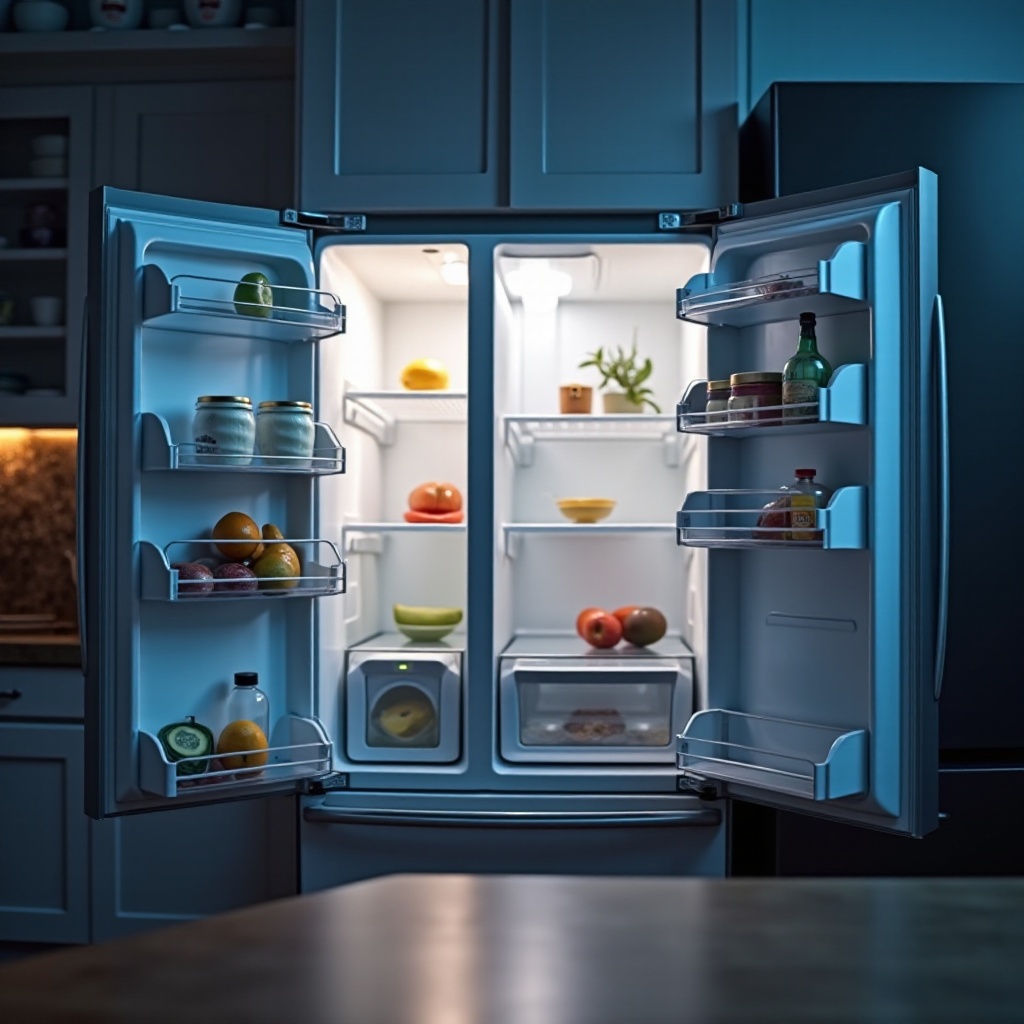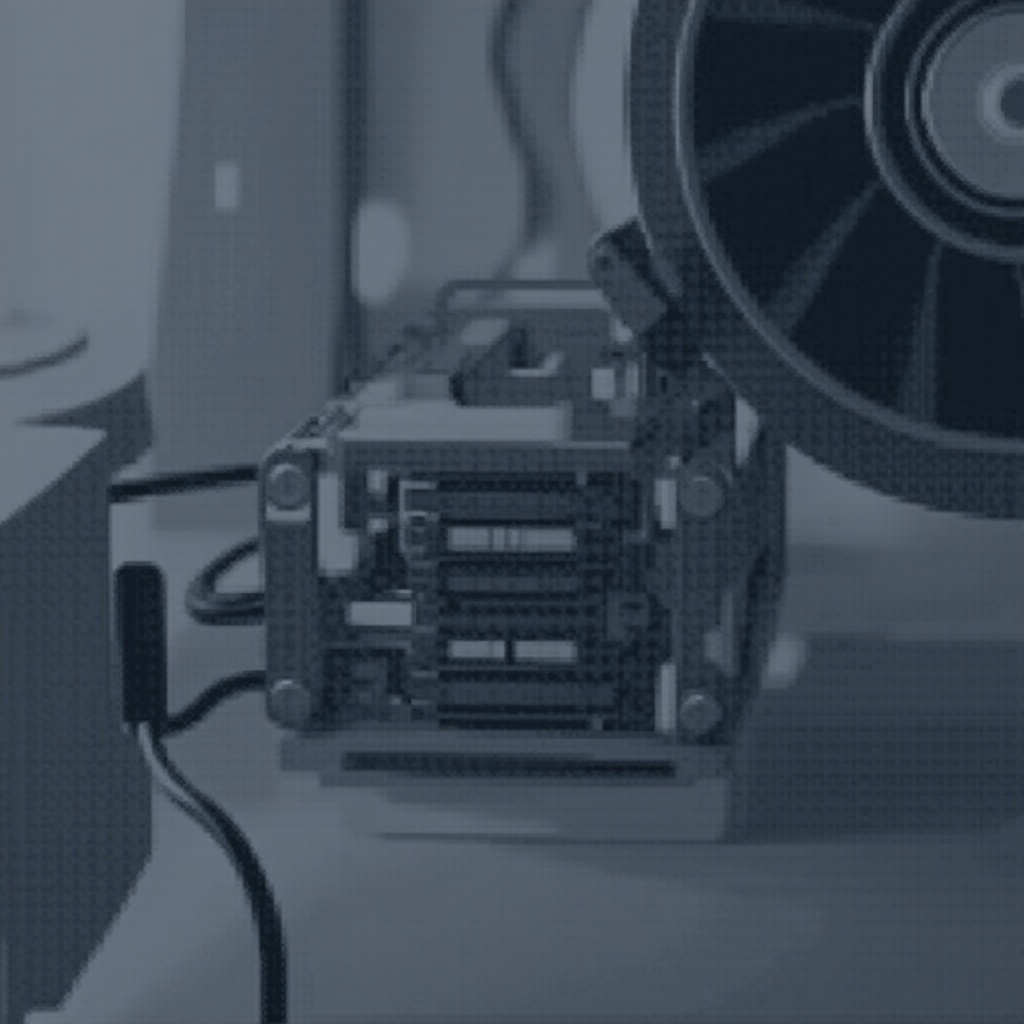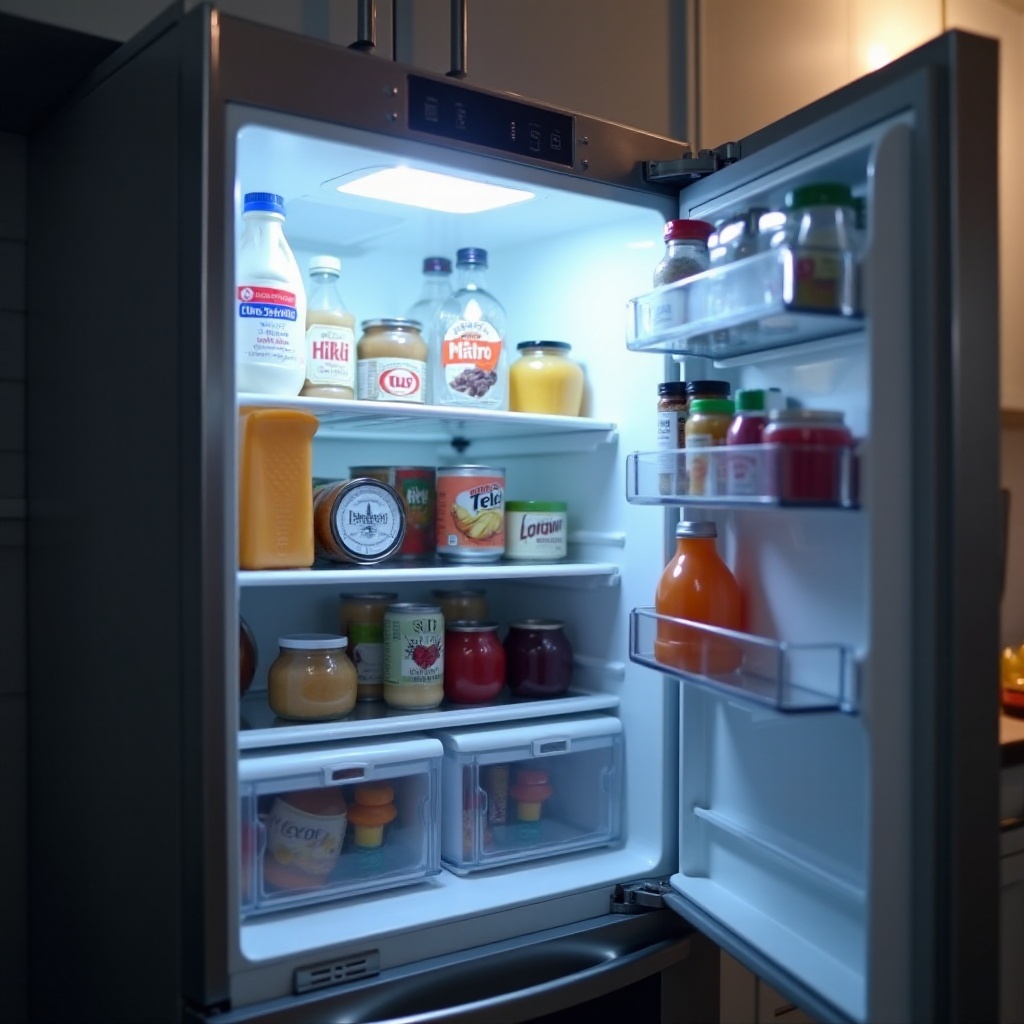Introduction
Refrigerators are indispensable household appliances, and they play a vital role in keeping our food fresh and safe. When your refrigerator lights are on but not cooling, it can be a frustrating and worrisome situation. This guide aims to help you identify the root cause of the problem and provide effective solutions to get your refrigerator back to optimal performance.

Understanding How Your Refrigerator Works
To effectively troubleshoot a refrigerator that is not cooling, it's essential to understand how it functions.
Basic Refrigeration Cycle
A refrigerator works by removing heat from the inside and releasing it outside, keeping the interior cool. This process involves a series of components working together in a cycle.
Key Components in a Refrigerator
- Compressor: Pressurizes the refrigerant and initiates its flow through the system.
- Condenser Coils: Release heat from the refrigerant into the air.
- Evaporator Coils: Absorb heat from the refrigerator's interior.
- Thermostat: Regulates the temperature within the fridge.
- Fan Motors: Circulate air over the coils to enhance heat exchange.
Understanding these components will help you diagnose issues more accurately.
Preliminary Checks
Before diving into more complex troubleshooting, perform some quick checks:
Power Supply Verification
Ensure the refrigerator is properly plugged in and receiving power. Check the outlet by plugging in another appliance to see if it works. Additionally, inspect the circuit breaker to ensure it has not tripped.
Thermostat Settings Inspection
Check the thermostat settings inside the refrigerator. Sometimes, the temperature settings may have been accidentally adjusted. Set the fridge to the recommended temperature and give it a few hours to cool down.
Ensuring Proper Door Sealing
Inspect the door seals to ensure they are clean and free of debris. Door seals that do not close properly can cause warm air to enter the refrigerator, preventing it from cooling effectively.
Inspecting Internal Components
If the preliminary checks do not resolve the issue, it’s time to delve deeper into the internal components of the refrigerator.
Checking the Condenser Coils
Dust and debris can accumulate on the condenser coils, reducing their efficiency. Use a coil brush or vacuum cleaner to clean the coils located either at the back or underneath the fridge.
Inspecting the Evaporator Fan
The evaporator fan circulates air over the evaporator coils. If it’s not functioning, the refrigerator won’t cool properly. Listen for the fan running when the refrigerator door is closed. If it’s silent, the fan motor may need replacement.
Examining the Temperature Control Board
The temperature control board regulates power to the compressor and fan motors. A malfunctioning control board can disrupt cooling. Use a multimeter to test for continuity. If it is faulty, replacement is necessary.

Common Problems and Solutions
Several common issues can cause your refrigerator to have lights on but not cool.
Faulty Compressor
The compressor is the heart of the refrigerator. If it’s not working, the fridge won’t cool. A loud humming noise or a silent compressor can indicate a problem. Consider professional repair or replacement.
Defrost System Failure
A malfunction in the defrost system can cause frost buildup, blocking airflow over the evaporator coils. Inspect the defrost heater, thermostat, and timer. Replace any faulty components.
Refrigerant Leakage
Refrigerant is crucial for cooling. If there’s a leak, the cooling efficiency drops. Signs include an oily residue or a significant drop in cooling performance. This issue requires a trained technician for repair and refrigerant refilling.

When to Call a Professional
Sometimes, DIY solutions are not enough, and it’s best to call an expert.
Indicators You Need Expert Assistance
- Persistent cooling issues despite troubleshooting.
- Unusual noises coming from the refrigerator.
- Visible signs of damaged components.
How to Choose the Right Repair Service
- Look for certified and licensed technicians.
- Read customer reviews and ratings.
- Ensure they offer a warranty on their repair services.
Conclusion
Dealing with a refrigerator that has lights on but isn't cooling can be challenging. However, with the right knowledge and systematic troubleshooting, you can identify and address many common issues. Regular maintenance, prompt repairs, and professional help when needed can keep your refrigerator running efficiently for years.
Frequently Asked Questions
What should I do if my refrigerator isn't cooling properly?
Start with basic checks such as ensuring it's plugged in, verifying thermostat settings, and checking door seals. Then, inspect internal components like condenser coils and the evaporator fan.
How often should I clean my refrigerator coils?
It's recommended to clean the condenser coils every six months to maintain optimal efficiency and cooling performance.
Is it worth repairing an old refrigerator?
If the repair cost is less than half the price of a new refrigerator and the appliance is less than 10 years old, it might be worth repairing. However, if it's frequently breaking down, consider replacing it for better energy efficiency and reliability.
